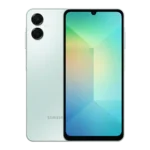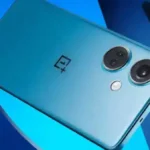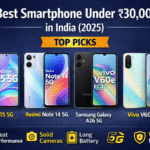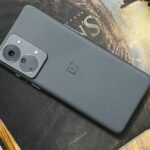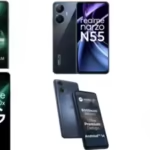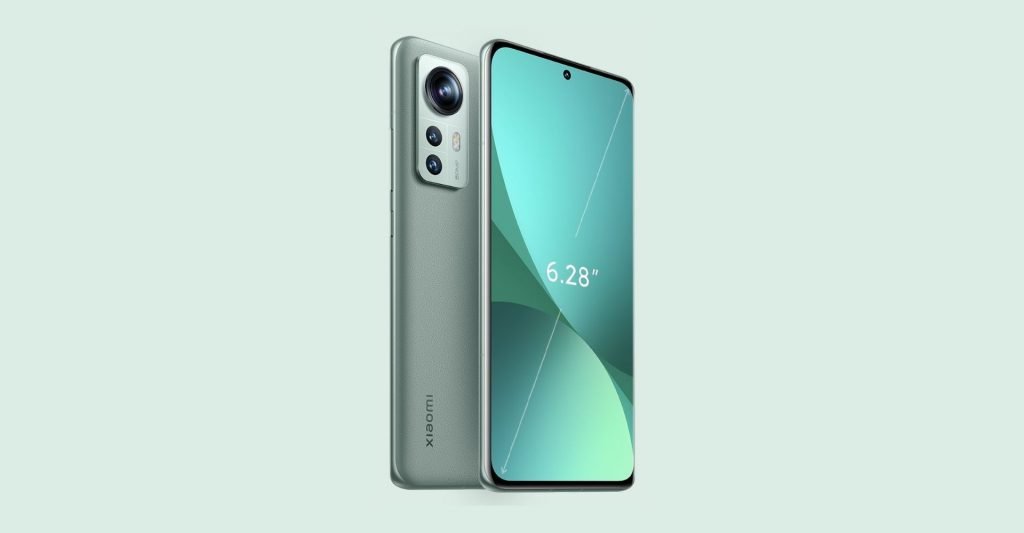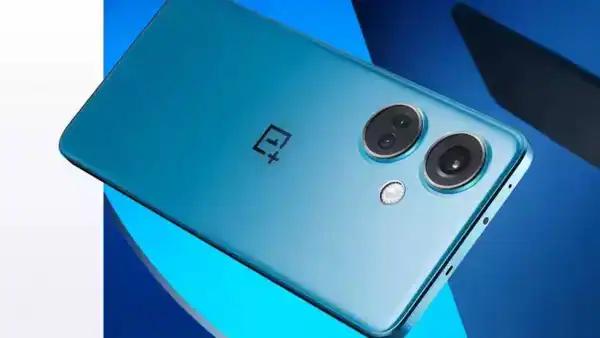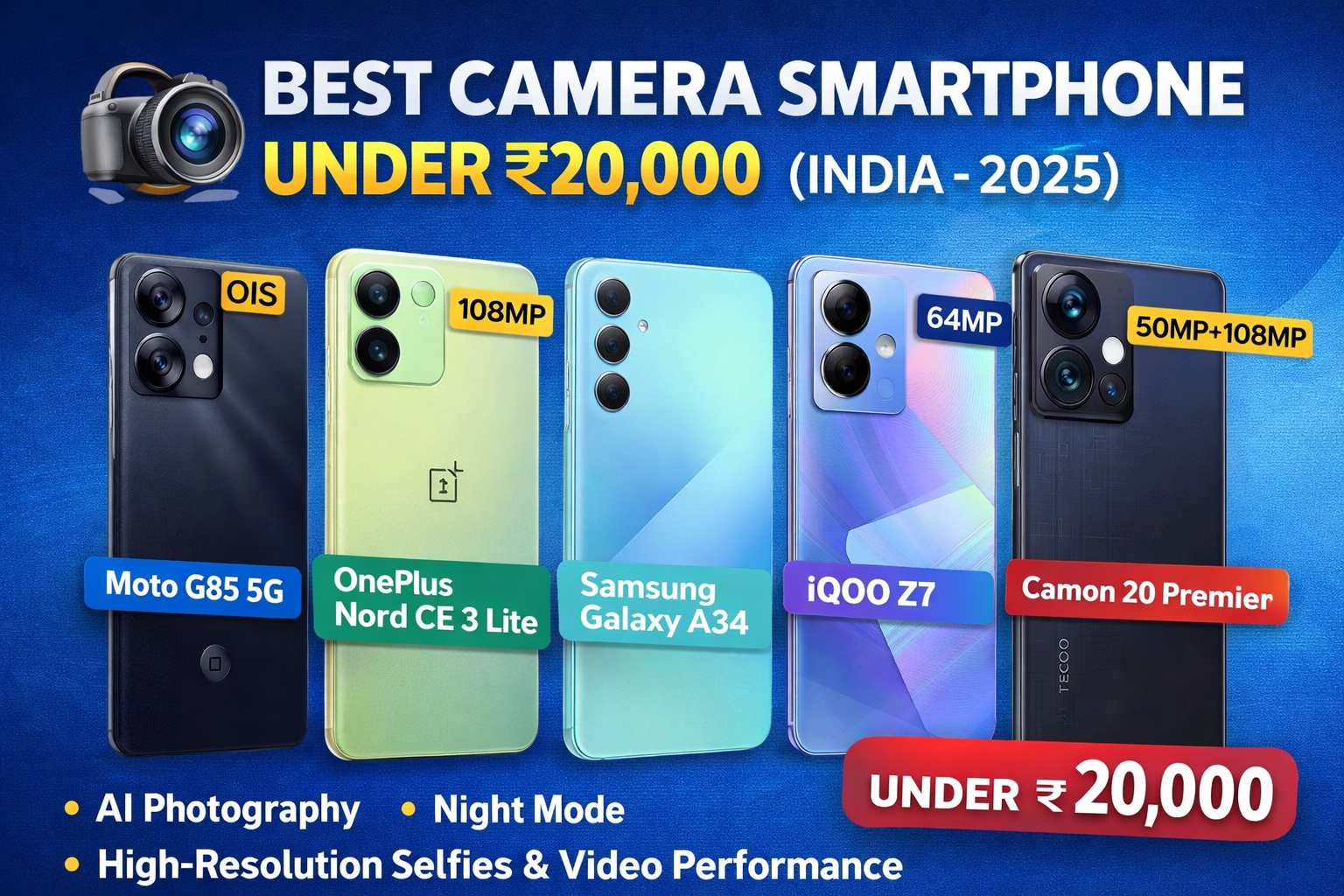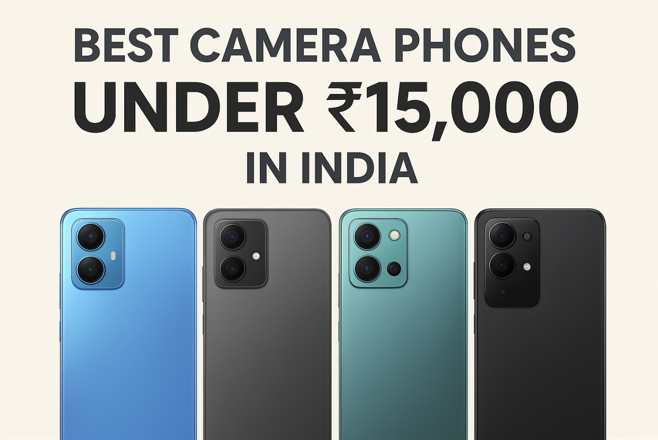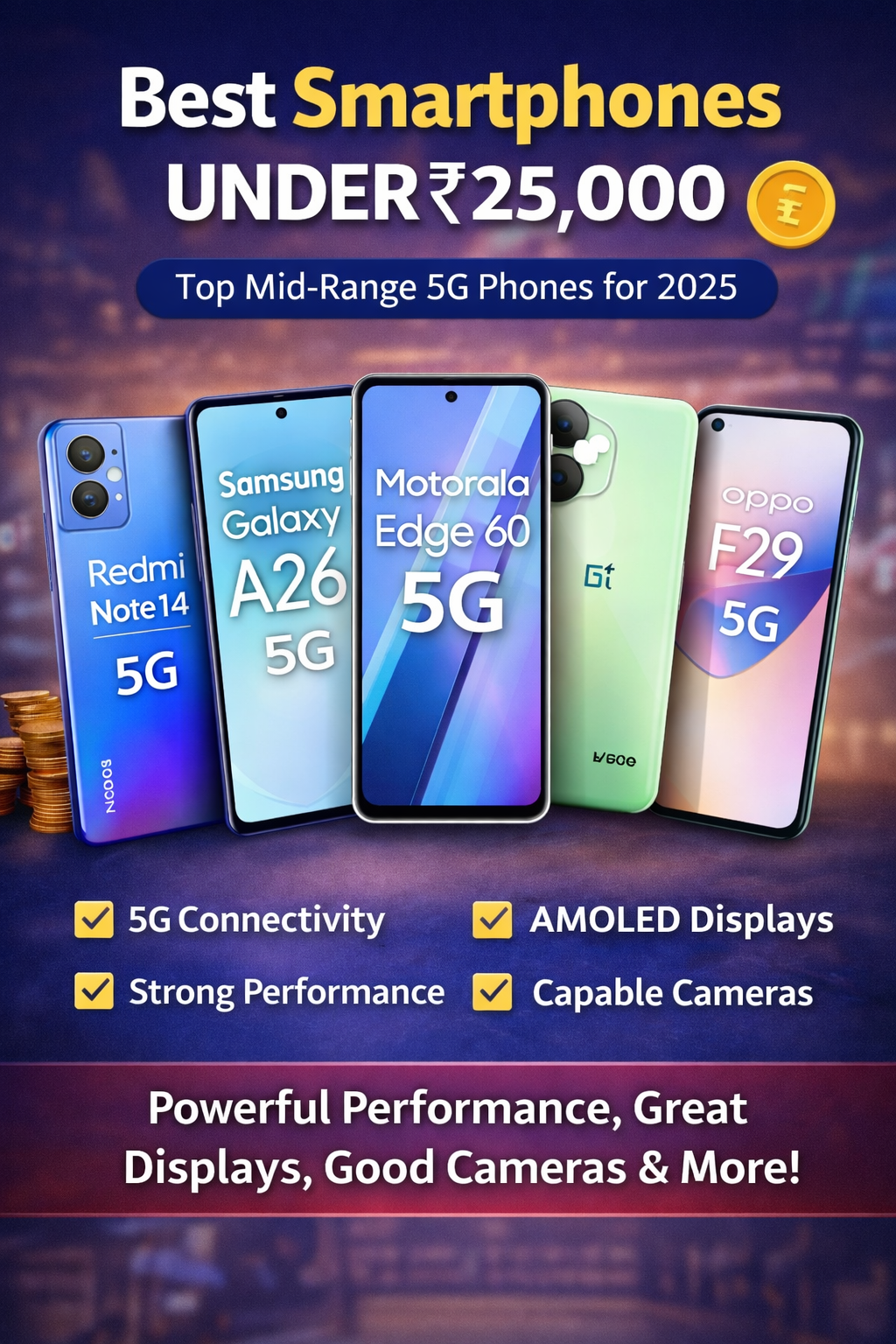The MediaTek Dimensity 9000 is the first real flagship-class SoC from MediaTek in the contemporary Armv9 era. It is meant to compete with the best smartphones in terms of performance. The Dimensity 9000 powered numerous high-end Android phones that aimed for aggressive price-to-performance levels. It had high single-thread performance, robust multi-core throughput, current GPU capabilities, enhanced image processing, and better battery efficiency. This long article goes into detail about the chip’s design, image and AI subsystems, connectivity, real-world performance, thermal and battery characteristics, the types of phones that use it, how it stacks up against modern Snapdragon competitors, and useful buying tips. The essay ends with a long FAQ.
Contents
What does the Dimensity 9000 do?
A summary of the most important specs
The architecture of a CPU and what it signifies in real life
GPU and graphics: current features, APIs, and games
The ISP, the imaging pipeline, and the camera’s features
AI and NPU: intelligence and use cases on the device
5G, Wi-Fi, codecs, and displays for connectivity and multimedia
Fabrication node and efficiency factors
How well it works in the real world: benchmarks vs. ordinary use
Thermals, throttling, and long-term performance
What to anticipate from the battery life of phones with Dimensity 9000
What phones use (or have used) the Dimensity 9000? — usual buyers and how the product is positioned in the market
A practical comparison of Dimensity 9000 with Snapdragon flagships
Who should get a Dimensity 9000 phone based on its pros and cons
Advice for buyers on how to choose the proper Dimensity 9000 gadget
Updates to software and making things last longer
FAQ: 20 common questions answered
Final thoughts
1. What is the Dimensity 9000?
MediaTek’s Dimensity 9000 is a top-of-the-line system-on-chip (SoC) for high-end Android phones. It shows that MediaTek is trying to get into the upper end of the market, not only making cheap performance chips. It has modern CPU cores, a high-end GPU, a good image processor, and better AI on the device. The platform is meant to have the fast UI response, great gaming performance, superior camera processing, and connectivity features that are standard in high-end phones.
MediaTek put the Dimensity 9000 up against other flagship SoCs from other companies, promising similar performance at prices that are typically more appealing. The chip focuses on balancing performance and efficiency for both short bursts of work (like launching apps, browsing the web, and playing high-frame games) and long periods of work (like long gaming sessions, continuous video recording, and photo processing).
2. An summary of the most important specifications
Here is a brief overview of the Dimensity 9000’s main technological features, written in simple, easy-to-understand terms:
The CPU is set up in a modern multi-cluster way, with a single high-performance “prime” core for peak single-threaded speed, a small cluster of powerful “performance” cores for intense multi-threaded bursts, and multiple efficiency cores for background and light activities.
Architecture generation: This is based on the Armv9 CPU architecture family, which includes contemporary Cortex cores.
GPU: A high-end Arm Mali/Immortalis-class GPU made for flagship-level gaming and graphics APIs like Vulkan and OpenGL ES. It also supports advanced capabilities that were added to Arm’s newest GPU families.
AI / NPU: An AI engine built into the processor that can do things like computational photography, voice processing, smart features, and faster inference.
ISP (Image Signal Processor): A multi-frame ISP that lets you take high-resolution pictures, combine pictures from many cameras, focus quickly, and reduce noise in advanced ways.
Connectivity: It has a built-in 5G modem that works with broadband, as well as modern Wi-Fi and Bluetooth.
Memory and storage: It works with fast LPDDR memory (LPDDR5/LPDDR5X if available) and high-speed UFS storage standards.
Fabrication: Built using a contemporary process that is less than 5nm in size to find a good balance between power efficiency and performance.
This combination is meant to put the Dimensity 9000 solidly in the flagship category for features, performance, and imaging.
3. What CPU architecture is and what it signifies in real life
A current flagship SoC has a CPU that is made up of different sorts of cores that are tailored for either peak speed or efficiency. The Dimensity 9000 uses the big-LITTLE (or tri-cluster) design that is ubiquitous in modern SoCs:
Prime core (single, top-tier core): This core is in charge of the best single-thread performance. It speeds up operations that need a single core to respond quickly, like launching apps, making the UI smooth, running JavaScript in the browser, and some games’ single-threaded workloads.
Performance cores (a few cores): These cores are in charge of handling multi-threaded bursts, such when a lot of apps are running at once, background processes during severe workloads, and some newer games that can use more than one CPU thread.
Efficiency cores (many cores): These conduct background services and light workloads while using as little power as possible.
What this means for people that utilize it:
The main core can handle high-frequency bursts, so UI interactions and daily tasks feel quick.
Multi-core performance is useful for exporting videos, processing complex photos, and doing more than one thing at once.
When the phone is in standby or light use, the efficiency cores take over and save battery life.
In practice, this means that the smartphone feels responsive when you use it every day, but it can also handle hefty tasks.
4. GPU and graphics: current features, games, and APIs
Graphics are a very important area of competition for flagship SoCs. The Dimensity 9000 has a current Arm GPU that supports the newest APIs and graphics features. It is designed to produce high framerates at high resolutions.
High gaming performance: The GPU can keep up with high settings in demanding mobile games, especially when paired with efficient thermal design and high refresh-rate displays.
Modern APIs: Vulkan and other low-level APIs make games that use them run better and use the GPU more efficiently.
sophisticated rendering features: The Dimensity 9000’s GPU family adds capabilities including better tiling, geometry throughput, and in some GPU variants, hardware support for sophisticated effects (depending on how they are used). This makes graphics richer and uses less power.
Frame pacing and displays: When used with a display that refreshes at a high rate (120Hz or higher), the SoC may make animations and games run smoothly when there is enough thermal headroom.
Playing games in real life:
If your phone is properly cooled, you should be able to play games at a high frame rate without too much heat or battery life loss.
Some phones may limit settings or employ aggressive thermal throttling to keep heat down. How well this works depends a lot on the thermal and software tweaking done by the device’s OEM.
5. The ISP, the imaging pipeline, and what the camera can do
The ISP and image processing pipeline are what really matter when it comes to how well a chip turns raw sensor data into final photographs and videos. It’s not simply about the number of megapixels in the sensor. The Dimensity 9000 has a new ISP that can do the following:
Multi-frame noise reduction: Putting together numerous frames to cut down on noise and bring out more detail in settings with poor light.
High-resolution capture: using high-megapixel sensors and stitching together multiple exposures to get more detail.
Processing in real time: autofocus is faster, HDR merging is better, and video noise reduction is better.
Handling multiple cameras: This lets you record from more than one sensor at the same time for features like hybrid zoom processing, multi-camera recording, and more advanced portrait settings.
Video features: It can record high-resolution video (4K and higher), HDR video pipelines, and smoother stabilization when the correct sensor and ISP are used.
What photographers and videographers see:
Multi-frame algorithms help you take better pictures in low light.
Faster scene identification and greater subject separation in portrait modes.
Rapid HDR merging makes the dynamic range better in difficult lighting.
A word of caution: the quality of the image still depends a lot on the sensor, lens optics, and OEM processing options. The ISP provides the power and algorithms, but the final result is shaped by how the makers tune the cameras.
6. AI and NPU: intelligence and uses on the device
Modern SoCs have special Neural Processing Units (NPUs) or AI accelerators (typically termed “APU” or something like that by vendors) that help execute machine-learning jobs on the device quickly. The AI engine of the Dimensity 9000 supports:
Computational photography goals include recognizing scenes, super-resolution, better noise reduction, detecting faces and subjects, and AI-assisted HDR.
Voice and audio tasks: speech recognition on the device, noise cancellation, and voice assistants that respond quickly.
Smart features include adaptive power management, intelligent scheduling, context-aware features, and other on-device machine learning technologies that keep your privacy while being quick.
AR with real-time effects: Speed up augmented reality apps and camera effects that happen in real time.
When AI works well on-device, it can do things that don’t need cloud processing, which is faster, more private, and often uses less power.
7. 5G, Wi-Fi, codecs, and displays for connecting and using multimedia
People don’t just look at how fast flagship chipsets can process data; they also look at how well they connect and handle media:
5G: The Dimensity 9000 has a built-in 5G modem that works with sub-6GHz bands and, depending on OEM selections and regional differences, mmWave compatibility. This lets you download, stream, and play online games with low latency on your phone.
Wi-Fi and Bluetooth: Support for the latest Wi-Fi standards and Bluetooth profiles makes local networking faster and makes it easier to connect accessories.
Multimedia codecs: Hardware acceleration for popular codecs makes it possible to play and record newer video formats more efficiently and use less battery power when streaming.
screens: Can handle high-resolution, high-refresh-rate screens (such LTPO panels on phones with 120Hz+ refresh rates) that can change their refresh rate. This lets phones scroll smoothly and consume less power by decreasing the refresh rate when full speed isn’t needed.
All of these things make a big difference in daily life: downloads that happen faster, streaming that stays consistent, cloud gaming that responds quickly, and UI interactions that are smoother.
8. Fabrication node and factors that affect efficiency
The fabrication process (the foundry and node) is important since it affects the number of transistors, the frequency headroom, and the amount of power used. The Dimensity 9000 is made using a current, very dense process node that gives it a good mix of speed and energy efficiency compared to earlier nodes.
Why this is important:
Smaller process nodes usually let you get more performance out of the same amount of power or the same performance out of less power, which makes the battery last longer for the same amount of work.
OEM-level power management and thermal design are still important for real-world efficiency. A phone that isn’t cooled well can throttle more than one that is conservatively timed.
9. Performance in the real world: benchmarks vs. daily use
Benchmarks are fake estimates of performance that are good for comparing chips but don’t tell the whole story. This is how the Dimensity 9000 works in the real world:
App launches and UI responsiveness: Very responsive—when paired with optimized software, apps start quickly and system animations are smooth.
Gaming: It can handle high settings and keep up frame rates, however long sessions can be affected by thermal throttling, depending on how well the device cools down. Vulkan will show off the power of the GPU in modern games.
Photo and video processing: fast image processing, quick merging of several frames, and smooth 4K recording with extensive stabilization settings (again, this depends on the OEM).
Multitasking and high workloads: The strong multi-core performance can manage background jobs, big spreadsheets, and making content rather effectively.
For example, in raw benchmark statistics, the Dimensity 9000 often competes well with other top-tier devices, but the final performance of the device depends on things like thermal engineering, memory speed, storage speeds, and OEM software optimization.
10. Thermals, throttling, and long-term performance
Many SoCs differ in real life when it comes to sustained performance. A processor might get good scores for a short time, but protracted gaming sessions or continuous video rendering will show its thermal constraints.
Thermal design is important: Phones with greater heat dissipation (such vapor chambers, graphite layers, and metal frames) will keep working at a higher level for longer.
Throttling behavior: When the temperature rises, phones slow down their clock rates to safeguard the hardware and battery. Some OEMs put more weight on peak numbers, while others put more weight on thermal stability.
User impact: If you play a lot of demanding games for a long time, the cooling system and software optimization are just as crucial as the SoC choice.
If you care about prolonged heavy-load performance, select phones with proven cooling designs and performance modes that enable you choose between peak and sustained output.
11. What to anticipate from the battery life of phones with Dimensity 9000
The battery life relies on things like the battery’s capacity, the type of display, the refresh rate, and how well the software is optimized. The SoC makes a big difference, but:
Efficiency when not in use: Modern efficiency cores help save power when not in use or doing light tasks.
Heavy use (like gaming or streaming 5G): Expect the battery to drain faster when you do tasks that require a lot of power. A phone with a big battery and a good thermal design will help with this.
Charging behavior: Many phones with a flagship chip may charge very quickly over both wired and wireless connections. This might make up for decreased battery life when the phone is used heavily.
In short, a Dimensity 9000 phone has great battery life, but the overall experience is a function of the whole system, not just the SoC.
12. What phones have utilized (or are using) Dimensity 9000? — common users and where it fits in the market
Many Android OEMs who mostly sell phones in Asia used the Dimensity 9000 in their flagship or near-flagship devices. Typical users are Chinese brands that want flagship performance at competitive prices, and sometimes regional versions of models that come with other flagship chips in other places.
Positioning in the market:
Many companies call their Dimensity 9000 phones “flagship killers” because they offer high-end performance, camera features, and connection at prices that are lower than those of some competitors.
These gadgets can be aimed at fans who seek great performance and advanced features without having to pay flagship prices.
OEMs may send multiple SoC versions of the same model to different places. If a specific SoC is important to you, always check the spec sheet for your area.
13. A practical comparison of Dimensity 9000 with Snapdragon flagships
When comparing to Snapdragon flagship phones from the same time period, people usually look at things like CPU single-core performance, GPU performance, thermal behavior, battery economy, and ecosystem-level features like ISP tuning, modem performance, driver and update support.
Things to think about that are different at a high level:
Peak CPU/GPU numbers: Some generations of Snapdragon chips try to get somewhat better peak GPU performance, although Dimensity 9000 typically catches up in CPU tests and gives competitive GPU performance in real games.
Thermals and sustained loads: Snapdragon-powered phones have historically benefited from mature thermal tuning on various OEMs, however experience varies considerably by device and manufacturer tuning.
Price-to-performance: Dimensity 9000 phones usually offer superior value for the money, which makes them a good choice for flagship buyers on a budget.
Feature parity: Connectivity, codecs, and display support are pretty much the same across the board, with just a few corner-case variances based on how each vendor implements them (for example, certain modem capabilities or proprietary ISP features).
The ideal choice really relies on the phone type, how the OEM tuned the software and hardware, and what you care about most (raw peak scores, battery life, or camera processing).
14. Pros and cons of the Dimensity 9000 phone
Pros
Great CPU performance and GPU capabilities that are on par with the best.
Modern camera features are made possible by advanced ISP and AI.
Often a better deal than competitors with similar specs.
Support for modern media and connectivity.
Things to think about and weaknesses
The quality of the camera still depends a lot on the OEM sensor choice and software optimization. The SoC is only one part of the puzzle.
In the past, some markets and apps were better designed for other chip platforms. This is becoming better, but it’s something to think about for power users.
OEM design affects how well a phone works over time; some phones may slow down more when they have to work hard for a long time.
Best for: people who want flagship-level performance at a lower price, gamers who use the chip with the right cooling, and customers who want a good camera and AI features without paying extra for a flagship.
15. Things to think about when buying a Dimensity 9000 device
Check the thermal design: For improved long-term gaming performance, look for phones with vapor-chamber cooling or big heat spreaders.
Check out evaluations for long-term gaming benchmarks. Short benchmark bursts are helpful, but they don’t show how throttling works.
Check out camera samples from real reviews: the ISP is good, but the final photo quality depends on the sensor choice and image processing.
Think about the size of the battery and how long it takes to charge. A bigger battery and faster charging can make up for a higher performance power drain.
Check the specs for memory and storage: LPDDR memory and UFS storage that are faster make things work better in the real world.
Region-specific variants: Make sure the SoC is right for your market, since some models come with various chips in different areas.
Policy for software updates: Longer support for updates is always helpful for making sure things work in the future.
16. Updates to software and future-proofing
A powerful SoC gives you opportunity to grow in terms of performance, but long-term usability depends on software updates (such Android version upgrades, security patches, and driver updates) and app optimization. Pick brands that are known for giving upgrades on promptly. This will keep a flagship SoC working well and safe for longer.
17. FAQ: Answers to 20 typical questions
Q1: Is the Dimensity 9000 a high-end chip?
Yes. MediaTek’s Dimensity 9000 was made to be their top-of-the-line SoC, with performance and features that are typical of current-generation flagship chips.
Q2: How well does the Dimensity 9000 work for gaming?
It works quite well and can handle recent games with high settings. The phone’s thermal design and OEM settings will determine how well it works over time.
Q3: Does the Dimensity 9000 work with displays that have a high refresh rate?
Yes. The platform works with high-refresh-rate displays and variable-refresh technologies that are ubiquitous in top-of-the-line phones.
Q4: Are the cameras on Dimensity 9000 phones as excellent as those on Snapdragon phones?
The ISP is good and supports advanced camera functionality, but the quality of the final image depends on the phone maker’s choice of sensors, lenses, and image processing. Some Snapdragon phones may do better than others in some camera tests because of how they are tuned and what sensors they have. Dimensity 9000 phones can be great if the OEM tuning is done effectively.
Q5: How long does the battery last on Dimensity 9000 phones?
The efficiency cores let the battery last a long time when you use it lightly to moderately, but vigorous gaming and long 5G use will drain the battery quickly. The battery capacity, type of display, and OEM power management are all very important.
Q6: Does the Dimensity 9000 have a modem for 5G?
Yes, it has a built-in 5G modem with all the latest cellular features. Depending on the OEM’s implementation and regional differences, the exact bands and mmWave availability may vary.
Q7: Will the AI features be good?
Yes. The processor has a special AI accelerator that drives functions on the device, such as smart camera processing, speech recognition, and other machine learning tasks.
Q8: How does the Dimensity 9000 processor stack up against the Snapdragon 8-series chips?
They’re in competition. Depending on the generation, Snapdragon processors may work better in some GPU or ISP setups. However, the Dimensity 9000 has extremely good CPU performance and graphics that are competitive in most real-world situations, typically at lower prices.
Q9: Who made the Dimensity 9000?
Many Android phone makers, especially Chinese ones, used the Dimensity 9000 in their flagship or flagship-style models. Depending on the model and region, it may not be available.
Q10: Can the Dimensity 9000 use fast LPDDR memory?
Yes, it works with new LPDDR memory standards that make it easier to do more than one thing at a time and do jobs that need a lot of bandwidth.
Q11: Is the Dimensity 9000 a good tool for making content?
Yes, it can handle video editing and other content creation jobs since it has a fast CPU, a good ISP, and support for high-speed storage. However, its performance over time depends on how well it is designed to handle heat.
Q12: Do phones with Dimensity 9000 slow down?
Phones with bad thermal management might slow down when they are under a lot of stress, just like any other powerful SoC. The level relies on how well the phone cools and how well the software is tuned.
Q13: Should I stay away from Dimensity 9000 phones because they aren’t Snapdragon?
No. A lot of Dimensity 9000 phones are great value for the money. Don’t just look at the brand of the SoC; also look at the phone’s cooling, battery, camera, and software update policies.
Q14: Can the GPU do hardware ray tracing?
The GPU family that goes with the platform added sophisticated rendering functionality. Hardware-level ray tracing support depends on the precise GPU variation and implementation. For mobile gaming to work well, the GPU enables contemporary effects and high throughput.
Q15: Are updates and drivers as good as those from other companies?
Different manufacturers have different rules for updates. For the best long-term experience, pick OEMs that have good plans for software updates.
Q16: What are the best display resolutions and refresh rates for the Dimensity 9000?
For a great user experience, use it with QHD+ at 120Hz or FHD+ at 120–144Hz. Keep in mind that higher resolutions and refresh rates use more power.
Q17: Is the Dimensity 9000 good for playing games on the cloud?
Yes. Dimensity 9000 phones are good for cloud gaming since they have a powerful CPU and GPU and good connectivity. However, for the best experience, you need a reliable, high-speed network.
Q18: Will the Dimensity 9000 still work in the future?
As a flagship-class SoC, it offers a strong level of future-proofing for performance, camera features, and AI. However, its longevity also depends on software upgrades and app optimizations.
Q19: Will I get premium features like Bluetooth LE Audio and Wi-Fi 6E?
Flagship phones that run on the platform frequently have modern connectivity options like Wi-Fi 6E and enhanced Bluetooth support. The specific features depend on how the device is set up.
Q20: Should I get a Dimensity 9000 phone in 2025?
If you can find a device that fulfills your demands (cooling, battery, camera, pricing, software updates), the Dimensity 9000 phone is still a great choice for high performance at a low price.
18. Final thoughts
The MediaTek Dimensity 9000 made it apparent that MediaTek wanted to compete in the flagship category, not only the mid-range. The chip has a current CPU architecture, a powerful GPU, an advanced ISP, and a specialized AI engine. These are all things that purchasers expect from a high-end phone. It was a great choice in markets where cheap prices and quick release cycles are important because it offered flagship-class performance at prices that were usually a little lower.
When picking a phone, remember that the SoC is just one aspect of a bigger system. The finest Dimensity 9000 phone has a chip that works well with thermal engineering, a camera system that works well, a battery that lasts long enough, and a company that promises to keep the software up to date.



